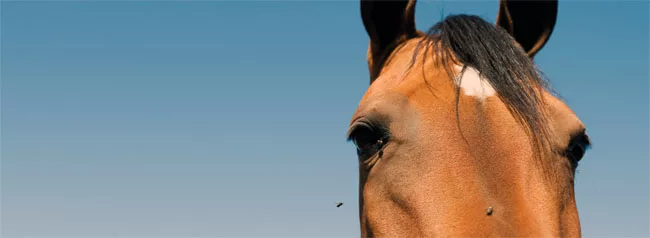American Farriers Journal
American Farriers Journal is the “hands-on” magazine for professional farriers, equine veterinarians and horse care product and service buyers.

Biting flies and other insects can be a tremendous irritation to horses and humans alike, especially for someone trying to handle or shoe a horse that is more concerned about ridding himself of these pests than standing still or allowing his foot to be held.
For a farrier, it’s not only harder, but more dangerous to work with a horse who is dancing around, shaking his head or trying to rub on the shoer, swatting his tail at everything near in an effort to dislodge a fly, or constantly trying to take his foot away to rebalance himself or kick at a fly. Fighting flies makes shoeing jobs longer and tempers shorter.
Even a well-behaved horse may lose his manners if he suffers a painful bite about the same time you are trying to drive the first nail, leading even the best-behaved farrier to occasionally lose his/her composure.
After all, it’s not the farrier’s job to train the horse to stand still when having its feet handled. But it may be in your best interests to help educate the horse owner about various methods of fly control and ways to protect the horse from the types of flies that come in from other areas and cannot be controlled with on-farm management.
Various control methods can help reduce the fly population on a farm. These include use of premises sprays, fly traps, parasitic wasps, feed-through larvicides, etc. Some of the flies, however, especially horse flies, deer flies and stable…